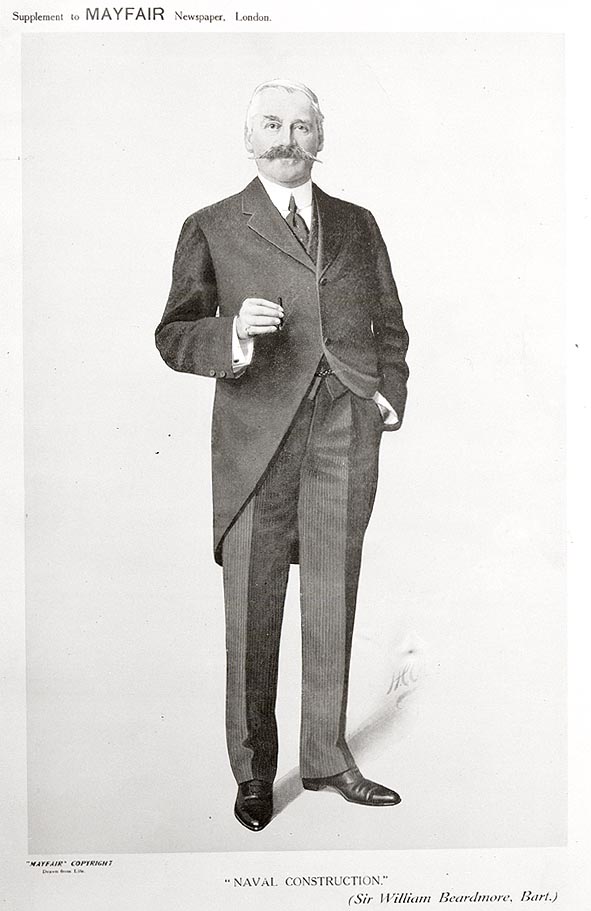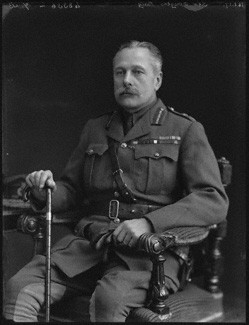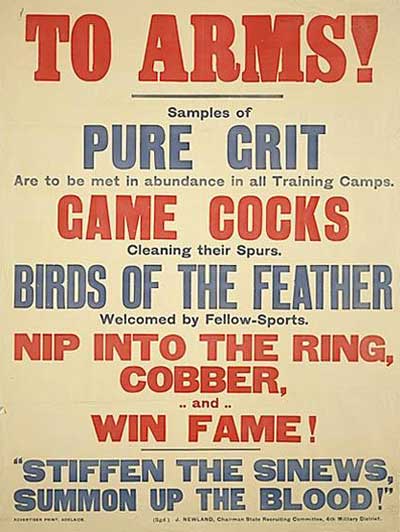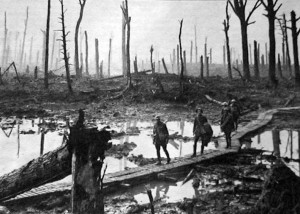by Pete Goddard and Atul Hatwal
In January 1916, when Labour was wobbling over whether to stay in a wartime coalition that wanted to introduce conscription, prime minister Asquith had made a promise that his proposals would exclude married men.
Admittedly, just 7 months earlier, when the Labour party was wobbling about whether to join the wartime coalition in the first place, the same Asquith had said there would be no need for conscription at all. But surely this time Asquith meant it, having pinkie-sworn it and crossed his heart and hoped to die?
In April 1916, Asquith’s government brought forward a new conscription bill to call up married men.
Bugger.
After the usual “we do. we don’t.” hokey cokey from Labour on whether to support the bill, the leadership of the unions swung decisively behind the measure.
And so the bill passed with fulsome Labour backing.
Conscription had been (and continued to be) a difficult issue for Labour, and the party may have changed their minds more frequently than they changed socks, but in one sense it was just a symptom of a more deep seated problem: the position in the war.
Bloody stalemate on the continent was devouring Britain’s resources. It had made conscription necessary and the resulting manpower shortages were fomenting rebellion within the Labour movement against the leadership.
In March 1916, shop stewards at Beardmores engineering works on “red Clydeside” in Glasgow went on strike in objection to the “dilution” of labour. This involved semi-skilled labour and unskilled labour, and often, god forbid, women being used to fill roles normally occupied by skilled labour. It enabled the skilled labour to be freed for more important activities, such as getting blown up at the front.

William Beardmore, owner of the Beardmore works – from the ever- popular ‘industrialists of our time’ trading card set
Clydeside shop stewards had a reputation for militancy but their concerns were held by shopfloor union representatives up and down the country.
Many distrusted their moderate union leaders. Even more were suspicious of a Labour party that was part of the government that had conscripted their friends and was now busy diluting their labour faster than a high-speed homeopath.
But Beardmore showed all unionists the limits of freedom for industrial action in wartime and the power of Dora. Dora was not, as it sounds, a kindly old lady who’ll knit you a nice hat, but the Defence of the Realm Act. This gave the government a series of wide-ranging wartime powers enabling it to restrict freedom of speech and action and throw you in prison pretty much at will – and no chance whatsoever of a nice hat.
Under the act, the government arrested a number of the shop stewards and deported them. To Edinburgh.
Sure it wasn’t a life-threatening, Tolpuddle-esque deportation across the world, and some would argue that it was actually doing the deportees a favour. Nonetheless, it didn’t bode well for civil liberties or the rights of labour to fight for better conditions.
For Arthur Henderson and the leaders of the Labour party, the surest route to assuaging this simmering industrial discontent and building a bit of comradely harmony across the movement would have been for some progress at the front. Something to rekindle the spirit of 1914.
It didn’t quite work out like that at the Somme. On day one, the British army suffered 58,000 casualties (a third of them fatalities).
Fortunately, the empire’s keenest military minds were on hand to apply themselves and work out what had gone wrong. General Haig, the genius behind the offensive, led the way. Clearly, the problem was that there were too many enemy bullets. The solution: send more men to absorb them.
The big push continued through summer into autumn and the casualty list grew and grew. The consequences of this inspired leadership led the army to calculate in September that they were 100,000 soldiers short in France and 350,000 down overall.

General Haig has a nice sit down. Well, it’s tiring writing thousands and thousands of condolence letters isn’t it?
The scale of the slaughter was such that the cracks in Labour’s support for the war started to widen. Hushed voices of opposition began to speak louder at the top of the party as well as on Labour’s own frontline, the factory floor.
In October 1916, Ramsay Macdonald, former leader and arch war sceptic, helped breathe life into an organisation called the United Socialist Council.
The USC brought together an assortment of anti-war types, including the independent Labour party (ILP), the Fabians and the remnants of the British Socialist party (BSP).
The BSP had been led by Henry Hyndman, but his pro-war mania led to him being kicked out, thereby maintaining his impressive track record of not staying in a party for more than ten minutes.
Never one to sit around when there was a fringe group of nutbags to organise, he had then formed a rabidly pro-war, hard left splinter party, catchily titled, the National Socialist party. Hmm.
The significance of the United Socialist Council was that it brought the hard left outside of Labour together with mainstream organisations in the party like the ILP and Fabians.
At a meeting of the USC Ramsay Macdonald made the ominous comment,
“If at any stage during or after the war, the complete success of the socialist movement in this country requires a consideration of the action of the pro-war socialists, I shall certainly raise the question”
United indeed.
Combined with Macdonald’s leading position on the Union of Democratic Control (UDC), which brought together radical Liberals with Labour’s anti-war left, his membership of the USC made it look a lot like he was constructing a powerful new left wing bloc. Together, the USC and UDC spanned Marxists on the left to former Liberal cabinet ministers on the right, united in opposition to the war.
Meanwhile, signs of discontent were also growing in the workplace.
In November 1916 the call up of Leonard Hargreaves, a young engineer in the Vickers munitions works in Sheffield, provoked an unofficial strike. Previously, this type of action would have been confined to the lefties of “red Clydeside.” But it seemed the spirit of militancy had caught the Flying Scotsman down to England.
Hargreaves was supposed to have been exempt from conscription as a skilled worker in an essential industry. But a problem with his paper work meant the eagle-eyed local recruitment committee pounced. Well, they had targets to meet.
Faced with a wildcat stoppage at a critical factory, the government might have called for auntie Dora and a few policemen. Instead, with Henderson’s intervention, they accelerated the publication of a new policy that had been gestating in the civil service.
The trade card scheme co-opted the unions into the process for deciding who was exempt from conscription. Unions were now to issue trade cards to their skilled members which would exempt members from conscription. Basically, it gave union officials a pocketful of ‘get out of war free’ cards for selected members.
On the plus side, this meant the Sheffield strike was settled quickly. On the down side, it turned union officials into arbiters of life or death for their members.
Unwittingly, Henderson and his union partners who had crafted the scheme, had created yet another source of division between the Labour movement’s mainstream leaders and the rebels.
In late November 1916, as the cabinet wrestled with the fundamental questions of the war, Arthur Henderson and his colleagues had one eye over their shoulder. The threat of schism was real and every mis-step by the government brought it that much nearer.
No pressure then.
Pete and Atul are not historians
Tags: Atul Hatwal, Conscription, Labour history uncut, Pete Goddard, Ramsay Macdonald, the Somme












John Buchans novel ‘Mr Standfast’ deals quite well with this period of history. There were a lot of lefty splinter groups pacifists unions and Scots and nutbags opposed to the War, and the Germans had their agents all over England. So it was all quite interesting, with Revolution in the air as well.
Could you please give attribution for the photos?
(Or at least, of the one I am really interested in – captioned “Army recruiters wondered why volunteers for the Somme were hard to come by” – who took it, when, where exactly, and of whom?)
Also, the Australians who served in WWI were all volunteers. When Billy Hughes attempted to introduce conscription for service outside Australia he split the Labor party, but apart from that it went nowhere. Incredible as it may seem, posters like that one were very effective; for the first couple of years, the rates of volunteers for the war were so high, recruiters were obliged to turn some men away. I guess it was a simpler time.